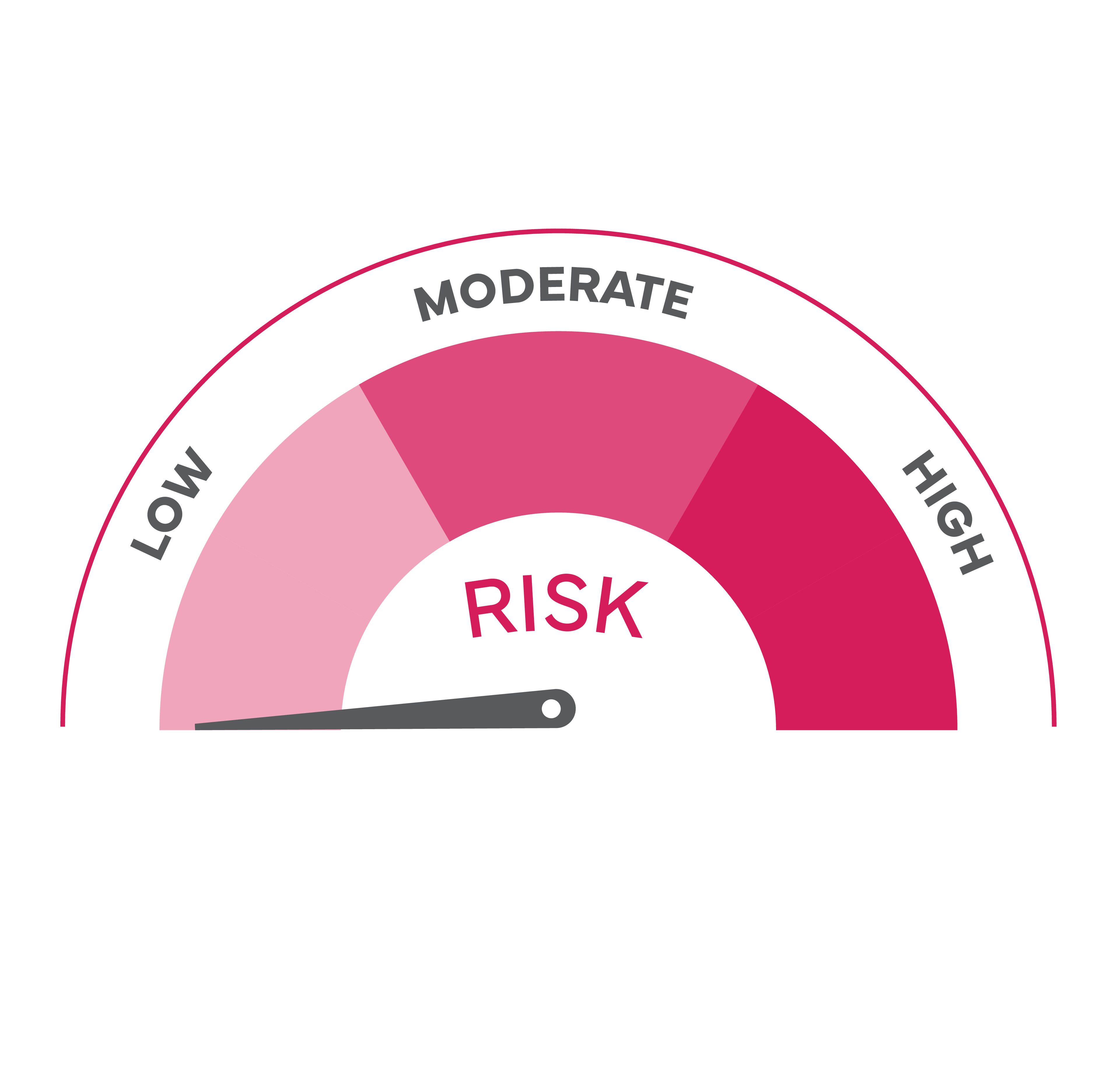Hierarchy of control measures – 5 top tips
Hierarchy of control measures
In the dynamic world of workplace safety, identifying and implementing robust control measures is a critical step toward creating a secure and healthy environment for employees. Whether it’s eliminating hazards, substituting materials, engineering solutions, administrative controls, or providing personal protective equipment (PPE), each control measure plays a unique role in minimizing risks. In this blog, we’ll explore the hierarchy of control which is a method used for identifying and implementing effective control measures across the safety spectrum arranged from most to least effective.
Elimination: The Power of Eradicating Hazards
Tip 1: Start at the Source:
The most effective way to control a hazard is to eliminate it entirely. When identifying control measures, prioritize solutions that remove the hazard from the workplace. This might involve re-evaluating processes, procedures, or materials to find opportunities for elimination.
Example:
If a hazardous substance is no longer necessary for a particular process, consider substituting it with a safer alternative or removing it altogether.
Substitution: Safer Alternatives for Seamless Transition
Tip 2: Seek Safer Alternatives:
When elimination is not feasible, substitution comes into play. Look for safer alternatives—materials, processes, or equipment that pose fewer risks to health and safety. This approach allows for the continuation of work activities with reduced inherent hazards.
Example:
Replace a toxic cleaning agent with an environmentally friendly, non-toxic alternative that achieves the same cleaning results.
Engineering Controls: Building Safety into the Design
Tip 3: Innovate with Engineering Controls:
Engineering controls involve designing safety into the workplace itself. These measures aim to isolate employees from hazards or modify the work environment to reduce risks. When identifying engineering controls, focus on sustainable solutions that provide long-term safety benefits.
Example:
Installing local exhaust ventilation systems to capture and remove harmful fumes generated during a specific manufacturing process.
Administrative Controls: Navigating with Proactive Policies
Tip 4: Implement Proactive Policies:
Administrative controls involve establishing policies and procedures to minimize exposure to hazards. When identifying these controls, prioritize measures that actively involve employees in safety protocols, training, and awareness campaigns.
Example:
Implementing a rotating work schedule to minimize the duration of exposure to a specific hazard, such as noisy machinery.
Personal Protective Equipment (PPE): The Last Line of Defence
Tip 5: Tailor PPE to Specific Risks:
While PPE is the last line of defence, it is a crucial one. When identifying PPE, consider the specific risks associated with the task or environment. Ensure that the chosen PPE is suitable for the hazard and that employees are trained in its correct use and maintenance.
Example:
Providing workers with hearing protection, such as earplugs or earmuffs, in environments where noise levels exceed recommended limits.
Effective control measures require a strategic and integrated approach that considers the unique aspects of each hazard and the nature of the work environment. By applying these top tips—elimination, substitution, engineering controls, administrative controls, and PPE—organizations can create a comprehensive safety net that addresses risks at multiple levels. Remember, successful control measures not only protect employees but also contribute to a culture of safety and well-being in the workplace. In the journey toward a safer work environment, each identified control measure is a step closer to a secure and thriving workplace.
Get up to Speed With Your Risk Assessments
Given the importance of risk management it is a good idea to bring in professionals who are qualified, experienced, and knowledgeable. At Westminster Compliance we have developed several courses to help you get to grips with risk management which you can find here; Risk Assessment and Risk Management Courses.
You can also work with us directly and we can help you develop comprehensive risk assessments to keep your staff safe, and you compliant with health and safety law. Get in Touch today to find out how Westminster Compliance can help you.
We look forward to working with you.
About Us
Westminster Compliance was established to provide a more personal, proactive health and safety consultancy that would keep businesses working and compliant with ever-changing legislation.
Our presentations and training are interesting and fun because we want our clients to buy into health and safety, and definitely not to see it as a boring, unnecessary nuisance. We know that our best service is provided to small and medium sized organisations and have developed a system that works in most industries.
We stick with straightforward language, keeping away from jargon, and do not make ridiculous promises. Most importantly, we realise that we are working with human beings.



